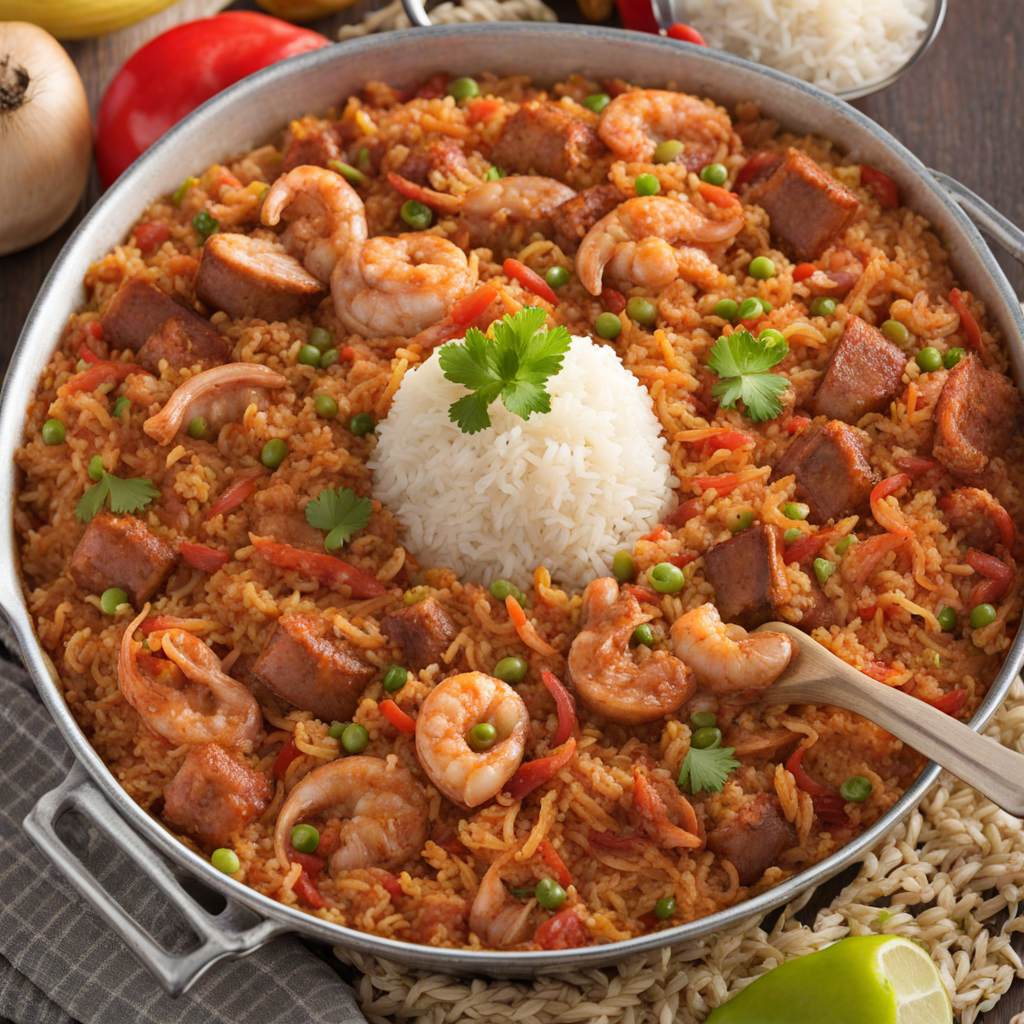Rocky Mountain Oysters
Rocky Mountain Oysters are not your typical seafood delicacy; instead, they are a unique dish originating from the American West, particularly popular in states like Colorado and Wyoming. Despite their name, these "oysters" are actually fried bull testicles, a delicacy that showcases the resourcefulness of ranch culture. Traditionally, they are prepared by being peeled, sliced, and then coated in seasoned flour before being deep-fried to a crispy golden brown, resulting in a crunchy exterior that gives way to a tender, subtly flavored interior. The dish is often served with a side of dipping sauce, such as cocktail sauce or ranch dressing, to enhance the experience. The flavor profile of Rocky Mountain Oysters is surprisingly mild, often described as reminiscent of chicken or pork. Their unique texture, being both chewy and tender, provides a satisfying bite that adventurous eaters often find intriguing. The seasoning used in the breading can vary, adding layers of flavor that complement the natural taste of the meat. When enjoyed hot and fresh, they offer a delightful contrast between the crispy coating and the soft, juicy filling, making them an unforgettable culinary experience for those willing to step outside their comfort zone. Served as an appetizer or a main dish, Rocky Mountain Oysters are often enjoyed at local fairs, festivals, and restaurants that embrace the region's culinary heritage. For those with a curious palate, this dish not only provides a chance to indulge in something unconventional but also serves as a conversation starter and a peek into the rich agricultural traditions of the American West. Whether you're a seasoned foodie or a first-time taster, Rocky Mountain Oysters promise a memorable gastronomic adventure that pays homage to the spirit of frontier living.
How It Became This Dish
Rocky Mountain Oysters: A Culinary Journey through the American West When one hears the term "Rocky Mountain Oysters," the mind might conjure up images of shellfish and oceanic delights. However, in the context of American cuisine, this dish is decidedly more provocative. Rocky Mountain Oysters are not oysters at all, but rather the deep-fried testicles of bulls, pigs, or sheep. The dish has become a symbol of the rugged individualism and culinary ingenuity of the American West, particularly in the states of Colorado, Wyoming, and Montana. To understand Rocky Mountain Oysters, one must delve into their origins, cultural significance, and evolution over time. Origins The origins of Rocky Mountain Oysters can be traced back to the late 19th century, during the period of westward expansion in the United States. As the cattle ranching industry boomed, ranchers needed to find practical uses for every part of the animal. When young bulls were castrated—a common practice to ensure better meat quality and temper—those castrated testicles became readily available. Rather than discarding these parts, ranchers adopted the philosophy of "waste not, want not," leading to the ingenious culinary transformation of an otherwise overlooked ingredient. The dish's name is thought to have originated from the term "oysters," which was used colloquially to refer to various animal parts in a playful manner. The term "Rocky Mountain" reflects the geographic region where this dish became particularly popular. It is believed that the dish gained traction among cowboys and ranch hands, who often had to make do with whatever resources they had at their disposal. Cultural Significance Rocky Mountain Oysters are more than just a culinary oddity; they embody a rich tapestry of cultural significance in the American West. This dish is emblematic of cowboy culture, where resourcefulness and a connection to the land are paramount. For ranchers and cowboys, consuming every part of the animal was not only a matter of practicality but also a way to honor the livestock that provided for them. The preparation and cooking of Rocky Mountain Oysters have become a rite of passage in some ranching communities. Local festivals and fairs often feature this dish prominently, showcasing it as a symbol of regional identity. The annual testicle festival in Montana, for example, attracts thousands of visitors each year who come to taste this delicacy and engage in various activities, including rodeos and live music. The festival celebrates not only the food but also the community spirit of ranching life. The dish has also found its way into popular culture, often portrayed as a test of bravery or an initiation rite for newcomers to the cowboy lifestyle. Eating Rocky Mountain Oysters is frequently featured in humorous anecdotes and stories, solidifying their place in the folklore of the American West. Preparation and Culinary Evolution The preparation of Rocky Mountain Oysters has evolved over the years from a simple necessity to a gourmet delight. Traditionally, the testicles were skinned, sliced, and then dipped in a seasoned batter before being deep-fried until golden brown. Today, variations abound, with some chefs opting to grill, sauté, or serve them with gourmet sauces. The dish is often accompanied by cocktail sauce or a spicy aioli, adding a modern twist to the traditional recipe. As culinary trends evolved, Rocky Mountain Oysters began to gain recognition beyond their rustic origins. Chefs in upscale restaurants have embraced them, presenting them as an adventurous appetizer for the more daring diner. Food enthusiasts and adventurous eaters have sought out these delicacies as they explore the diverse culinary landscape of the American West. In recent years, the rise of the farm-to-table movement has also influenced the way Rocky Mountain Oysters are sourced and prepared. Many restaurants now emphasize the importance of sustainability and ethical farming practices, ensuring that the ingredients used in the dish come from reputable sources. This shift has helped to elevate the status of Rocky Mountain Oysters, allowing them to be appreciated not just as a novelty but as a serious culinary offering. Contemporary Popularity Today, Rocky Mountain Oysters are celebrated in various culinary circles, often featured in food festivals and competitions. They have become a staple at state fairs and local celebrations, where they are served alongside other regional delicacies. Food trucks and casual dining establishments have also embraced this dish, introducing it to a wider audience eager to try something new and unique. Social media has played a significant role in the revival of interest in Rocky Mountain Oysters. Food bloggers and influencers have taken to platforms like Instagram and TikTok to share their experiences with the dish, including their reactions and recipes. This exposure has helped demystify the dish for those who may have been hesitant to try it, showcasing it as a fun and adventurous culinary experience. Furthermore, the dish has sparked conversations about masculinity, tradition, and the relationship between people and the land. As more people become interested in understanding where their food comes from, Rocky Mountain Oysters serve as a poignant reminder of the complex interplay between agriculture, culture, and culinary practices. Conclusion Rocky Mountain Oysters are more than just a quirky dish; they are a testament to the spirit of the American West. Rooted in practicality and resourcefulness, this dish has evolved over time to become a symbol of cultural identity and community celebration. From its humble beginnings as a necessity for ranchers to its current status as a culinary curiosity, Rocky Mountain Oysters encapsulate the adventurous spirit of those who live in the shadow of the Rockies. As they continue to gain popularity in contemporary cuisine, Rocky Mountain Oysters challenge diners to step outside their comfort zones and embrace the rich tapestry of flavors and traditions that the American West has to offer. Whether enjoyed at a local festival, a trendy restaurant, or a backyard barbecue, they remain a delicious reminder of the untamed spirit of the West, inviting us all to celebrate the unique flavors of this rugged and beautiful landscape.
You may like
Discover local flavors from United States






